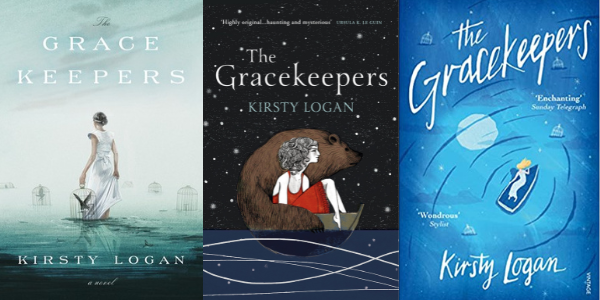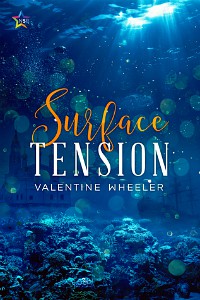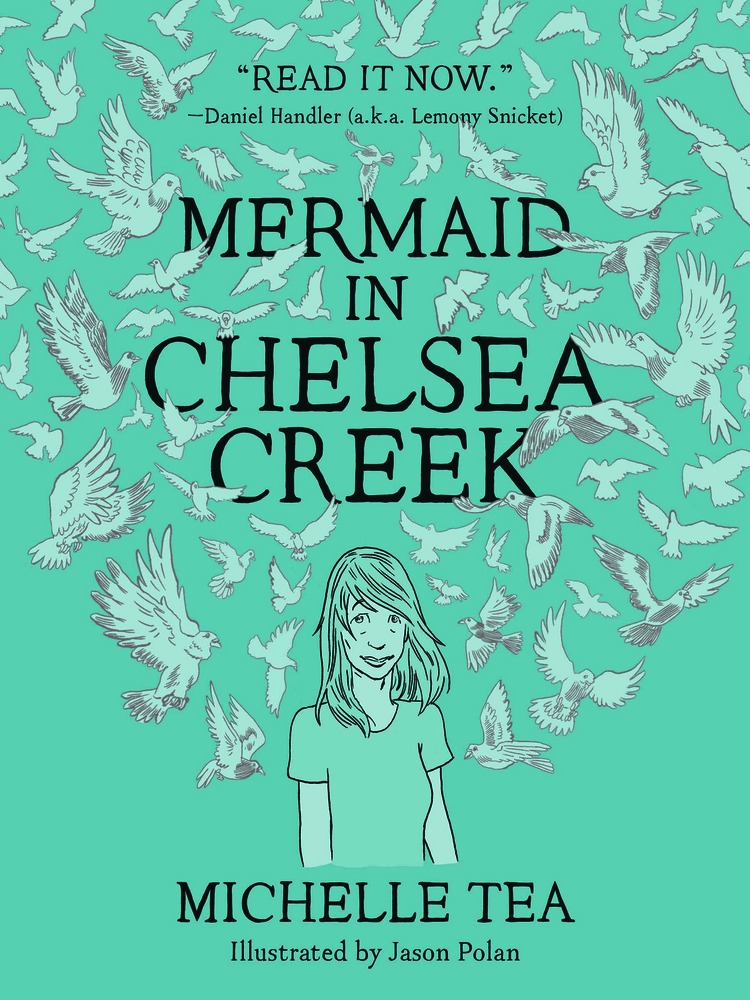In a world where the seas have risen and land is the rarest, most precious commodity, most of the population live on boats, constantly wandering and trying to find their next meal. This setting is where we find a circus, a graveyard, and two women stuck in situations they would rather not be: North, bear trainer in the circus, is engaged to the ringmaster’s son and destined to leave the circus, the only place she has ever thought of as home. Meanwhile, Callanish lives in a graceyard, performing funerals for those who die at sea. As the plot slowly unravels, we slowly uncover secrets and quiet interpersonal dramas that sit just beneath the surface of a tight-knit crew who rely on each other for their survival.
Where this book really shines is in the atmosphere. There’s no lack of poetic descriptions of the sea, the circus, and the fine balance between life and death. The world itself is complex, and as beautiful as it is cruel, and we get to see it through the eyes of most of the major characters, both protagonists and antagonists, which gives us a full view from all different perspectives. This book feels very meditative, rather than plot heavy, and I’ve always had a soft spot for any slow love affair with the sea. If you’re looking for a quick paced adventure, then this is not the book for you; it’s much more of an ethereal exploration of how people’s lives are shaped by their circumstances, and how they can find agency even within strict social roles.
I do wish we could have seen more of Callenish and North’s relationship. They’re from different worlds, and while it was interesting seeing how they circled each other and slowly came together, they didn’t actually have enough time together to explore their dynamic. I loved the tiny bit that we did get to see of this, and I thought it really drew everything together nicely at the end, but it did leave me wanting more. Also, while we got a lot of different perspectives from lots of different damplings, we didn’t see much of the landlocker side of things — or how Callenish comes to embrace her role in between land and sea. I wanted to know more about the merpeople and the changes in the world, and how humanity might progress with its relationship to the sea — all things that we got hints of throughout the book, but it was never really brought up. I guess this lack of information adds somewhat to the air of mystery, but it really just left me with a lot of questions.
Overall, I enjoyed this book, but it definitely has a very specific mood to it which might not appeal to everyone. If you like world building and plots with lots of room to explore on your own, then you’ll love this book. However, if you need everything to be tied up, this might be more frustrating than anything else. I liked it, but it’s definitely got more atmosphere than plot.




